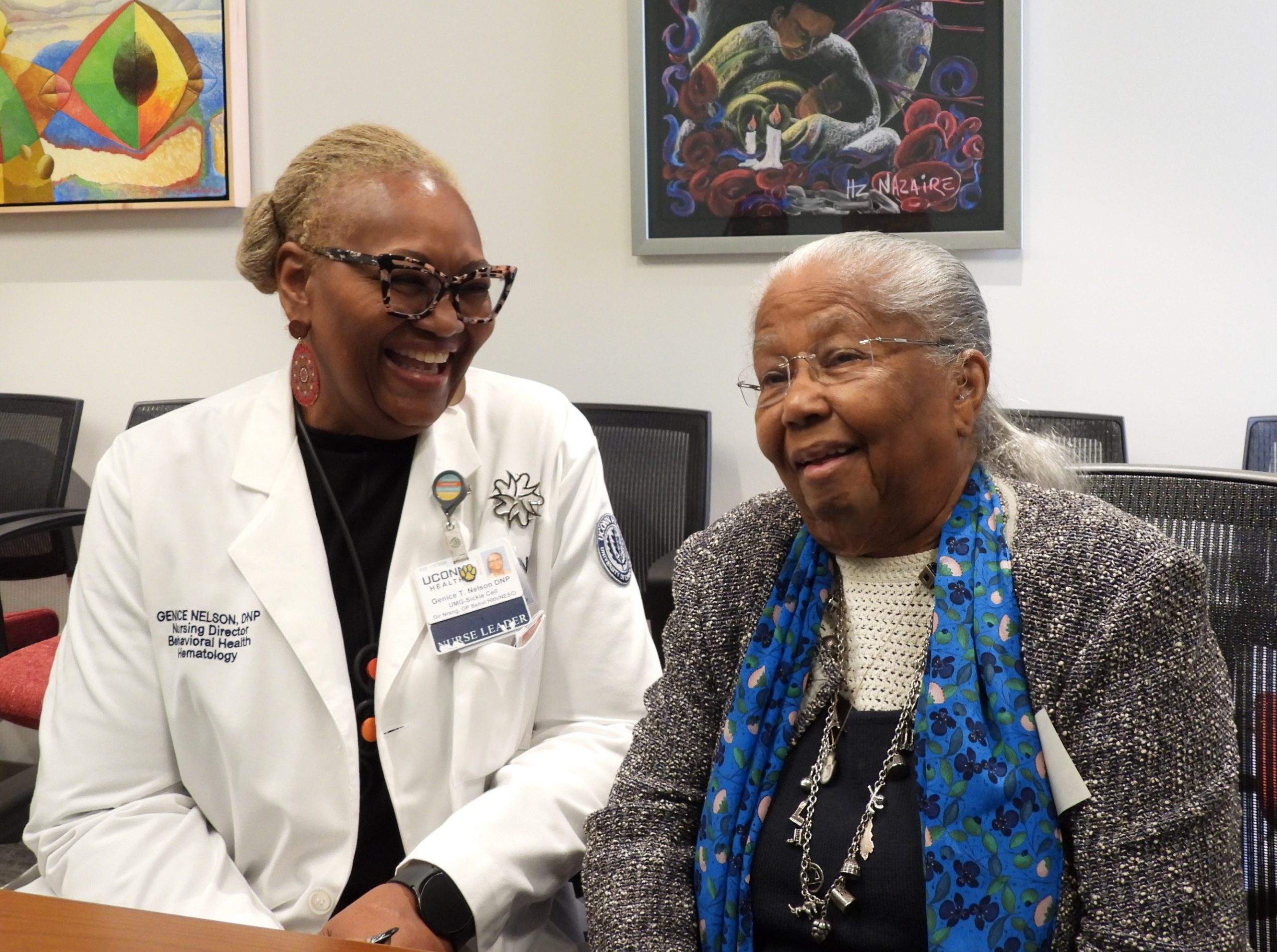A new study found that people living in Puerto Rico, Guam, and the U.S. Virgin Islands reported worse overall physical health than those living in the states.
This research, led by Anna-Michelle McSorley, assistant professor of allied health sciences at UConn Waterbury, was recently published in the Journal of the American Medical Association.
McSorley and her co-author were able to conduct this study because, unlike many federal data collection systems, the Behavioral Risk Factor Surveillance System (BRFSS) includes data from three U.S. territories – Puerto Rico, Guam, and the Virgin Islands.
“That is something that is pretty unique,” McSorley says. “That was the motivation for this paper. I found a data system in which [these populations are] represented, and I have the opportunity to tell a story about some key health-related quality of life indicators for those particular regions of the United States.”
In a previous paper, McSorley and co-authors found that territories are often not included in federal data systems for several reasons. In some instances, a state or territory must apply to the federal government for funding to conduct the work at the local level. The work must align with the methodological standards set by the Centers for Disease Control and Prevention. However, territories are not always eligible for these grants, and even when they are, it is not always clear if they can apply.
McSorley identified significant disparities in the percentage of people living in the territories who reported having fair/poor general health compared to the states. In the states, this percentage is 16.1%, compared to 17.7% in Guam, 18.6% in the U.S. Virgin Islands, and 27.8% in Puerto Rico.
“From the data that I saw, it was pretty remarkable to note that Puerto Rico had the most disparities when compared to the 50 states,” McSorley says.
In the case of mental health, however, both the territories and the states had similar levels of people reporting poor outcomes.
In Puerto Rico this was 12.8%, 12.4% in Guam, 11.7% in the U.S. Virgin Islands, and 14.9% in the states.
“There actually wasn’t this stark disparity,” McSorley says. “There were quite poor mental health outcomes when looking at all three territories as compared to the United States, which was also pretty alarming, and it indicates that there’s a need to really increase attention to mental health at a population level for the United States overall.”
Given these findings, McSorley says she plans to expand upon the work she has been a part of surrounding the 988 mental health crisis hotline in the states to the territories.
“Finding that the pattern of poor mental health is high for each of the jurisdictions that I looked at, it provides further evidence for the need to dig into that area.”
McSorley has been working on issues of data equity as they relate to U.S. territories for years. Her work, including this paper, aims to increase the inclusion of the territories in federal data collection systems.
“This is a baseline-level attempt to insert these data into the literature because they’re often missing,” McSorley says. “If the data are not there, we don’t have the ability to tell the story about what the population health characteristics look like at baseline.”
McSorley, a member of the Data Capacity Subgroup for the Association of State and Territorial Health Officials, will disseminate these findings to territorial health officials and intends to continue contributing to reports that promote territorial data equity. She says that this kind of work is even more important now as federal databases are being taken down under the current administration. BRFSS has not been removed at this point to the best of her knowledge.
“It’s really important to be able to add this to the literature at this time to describe some of the findings that are present within systems that traditionally have been publicly available, and we’re not certain for how much longer they might be,” McSorley says.
This work relates to CAHNR’s Strategic Vision areas focused on Enhancing Health and Promoting Diversity, Equity, Inclusion and Justice. This research was conducted at UConn Waterbury, where there is a growing emphasis on health research.
Follow UConn CAHNR on social media



